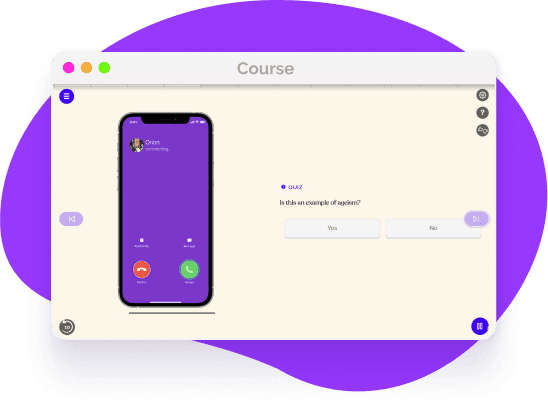Engaging Your Resources
As a bystander, recording microaggressions, prejudice, harassment, or violence might be useful. You can use your resources, such as a phone, tablet, laptop, or notepad, to capture what is happening.

Making Use of your Resources to Document Harassment
When should you engage your resources as a bystander? Documenting microaggressions, discrimination, harassment, or violence as a bystander can be a helpful tool. If other people are already engaging the perpetrator, or if engaging the perpetrator or the target seems unsafe, that’s when you can engage your resources – like a phone, tablet, laptop, or notepad – to document what’s happening.

Verify the consent laws around recording in your area
If you choose to engage your resources, you should be aware of your local laws. In some areas, it’s unlawful to video or audio record people without their explicit consent. If video or audio recording isn’t an option for you, you can also take notes about what’s happening, writing down the behaviors you’re witnessing and making sure to document the date, time, and location of the incident.

If you decide to document a situation as a bystander, you may have several options to choose from.
The final type is engaging your resources by using a phone, tablet, laptop, notepad, or other devices to document what's happening via a recording or taking notes. However, keep in mind that in some states, the video or audio recording of someone without their permission is illegal.
Another option is to take notes about what's happening. If you don't have any paper handy, you can take notes on a smartphone app or send messages to yourself describing the situation.
If you want to use a phone or camera to record what's happening, be sure that you know your local laws. In some places, taking pictures, video, or audio without someone's explicit consent is unlawful.
Options for engaging resources as a Bystander
When it comes to maintaining a professional workplace environment, the role of the bystander is important. Bystanders have the ability to observe, recognize and report any inappropriate behaviors that occur in the workplace.. Here are some best practices for engaging resources as a bystander:
Here are some myths to look out for:
- -
Document any microaggressions, discrimination, harassment, or violence that you witness.
- -
Offer support to the victim
- -
Screenshots of any emails, texts, or other communication
- -
Document any conversations or incidents in writing

Teaching Employees to Engage their resources
This chapter outlines the ways that employees can engage their resources, and why it can be useful to record microaggressions, bias, harassment, or violence. By providing employees with options for engaging their resources as a bystander in the workplace, employers can help make their company culture safer.

Helping over 8,000 organizations create a safer, more productive workplace
EasyLlama’s online training course helps prepare employees to navigate bystander intervention. The course guide learners how to appropriately confront harassment, discrimination, and microaggressions in the workplace. The course covers:





















